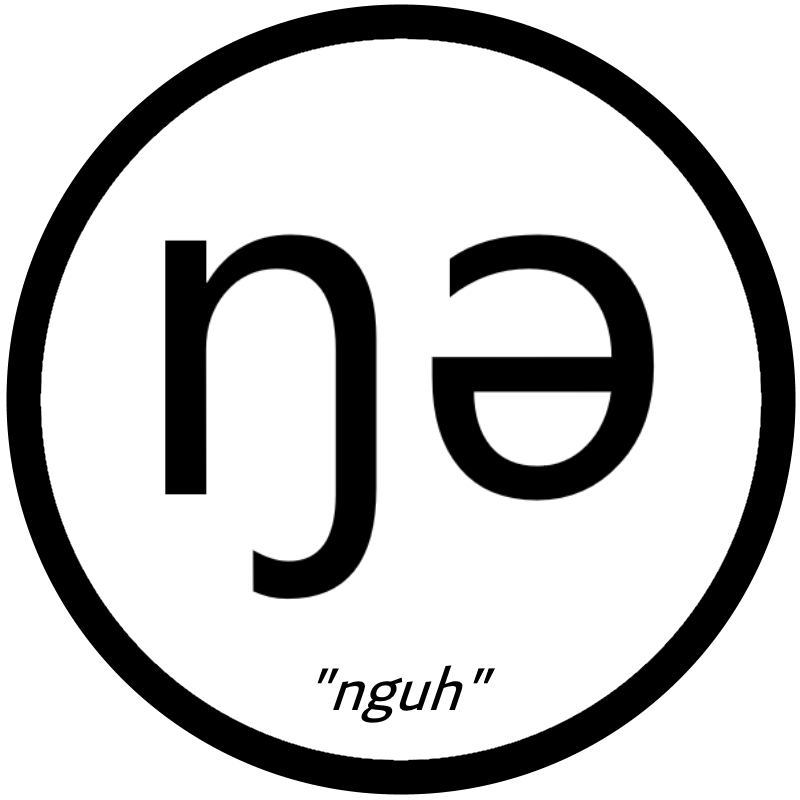Arodjun, or "Kat jArodjunx," is a Western Sern-Cahilan language spoken in the Fwonnel Peninsula on the west coast of what is today Mexico and some of the Pacific Ocean.
In a more meta sense, Arodjun/Ar̃ojun is an a priori artistic naturalistic constructed language. It follows a VOS word order, is mostly analytical, and features subject pronoun-tense combination "prowords."
Its phonology, shown in the tables below, shows a slightly asymmetrical set of consonants. Its biggest outliers are /dm/, /xw/, and /ql/. These have deep histories in the Sern-Cahilan language family.





